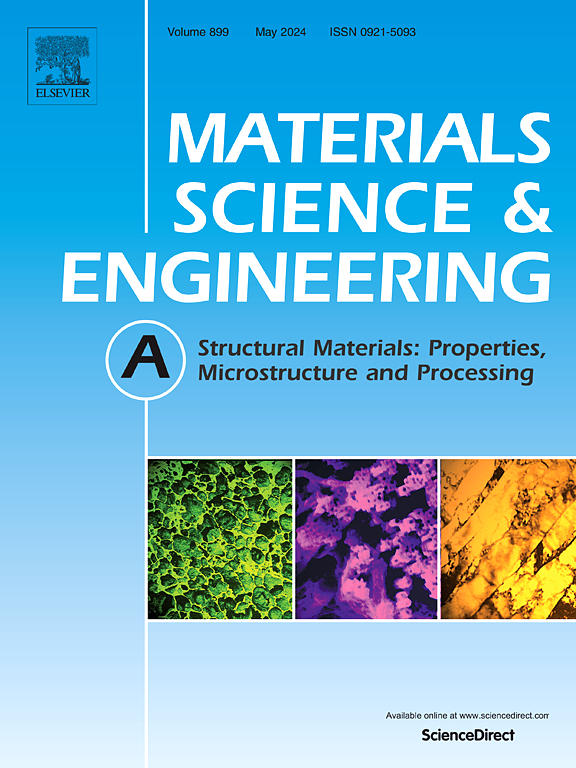Quasi-static and fatigue behavior of 316L stainless steel produced via material extrusion additive manufacturing: Insights from subtracted small-scale specimens
IF 6.1
2区 材料科学
Q1 MATERIALS SCIENCE, MULTIDISCIPLINARY
引用次数: 0
Abstract
The mechanical anisotropy of 316L Material Extrusion Additive Manufacturing parts is investigated through tensile and fatigue tests on three groups of specimens printed in different layouts. Both regular and in-situ tensile tests proved a significant dependency of the strength and ductility of the parts on the loading direction, with a sequential effect on the fracture mechanisms. Moreover, the building orientation has a secondary effect on the residual porosity, which in turn impacts the axial fatigue failure mechanisms and the statistical significance of the results. Considering the tensile test results, a favorable building direction enables the printed parts to perform similarly to their conventionally manufactured counterpart. Interestingly, the fatigue data can be fitted by fatigue design curves obtained with the standard procedure. The examination of the data collected revealed that caution is required to acknowledge the variations in the mechanical response of the parts induced by the building orientation to offer top mechanical performances. Indeed, such variations might be mitigated by improving the quality of the printing phase, with a focus on porosity reduction and material adhesion strengthening.
通过材料挤压增材制造生产的316L不锈钢的准静态和疲劳行为:从减去的小尺寸样品的见解
通过对三组不同打印布局的316L材料挤压增材制造零件进行拉伸和疲劳试验,研究了零件的力学各向异性。常规拉伸试验和原位拉伸试验都证明了零件的强度和延性与加载方向的显著相关性,并对断裂机制产生了顺序影响。此外,建筑朝向对残余孔隙率有次要影响,进而影响轴向疲劳破坏机制和结果的统计显著性。考虑到拉伸测试结果,有利的建筑方向使打印部件的性能与传统制造的部件相似。有趣的是,疲劳数据可以用标准程序得到的疲劳设计曲线进行拟合。对收集的数据的检查表明,需要谨慎地承认由建筑物朝向引起的部件的机械响应的变化,以提供最佳的机械性能。事实上,这种变化可以通过改善印刷阶段的质量来减轻,重点是减少孔隙率和加强材料附着力。
本文章由计算机程序翻译,如有差异,请以英文原文为准。
求助全文
约1分钟内获得全文
求助全文
来源期刊

Materials Science and Engineering: A
工程技术-材料科学:综合
CiteScore
11.50
自引率
15.60%
发文量
1811
审稿时长
31 days
期刊介绍:
Materials Science and Engineering A provides an international medium for the publication of theoretical and experimental studies related to the load-bearing capacity of materials as influenced by their basic properties, processing history, microstructure and operating environment. Appropriate submissions to Materials Science and Engineering A should include scientific and/or engineering factors which affect the microstructure - strength relationships of materials and report the changes to mechanical behavior.
 求助内容:
求助内容: 应助结果提醒方式:
应助结果提醒方式:


